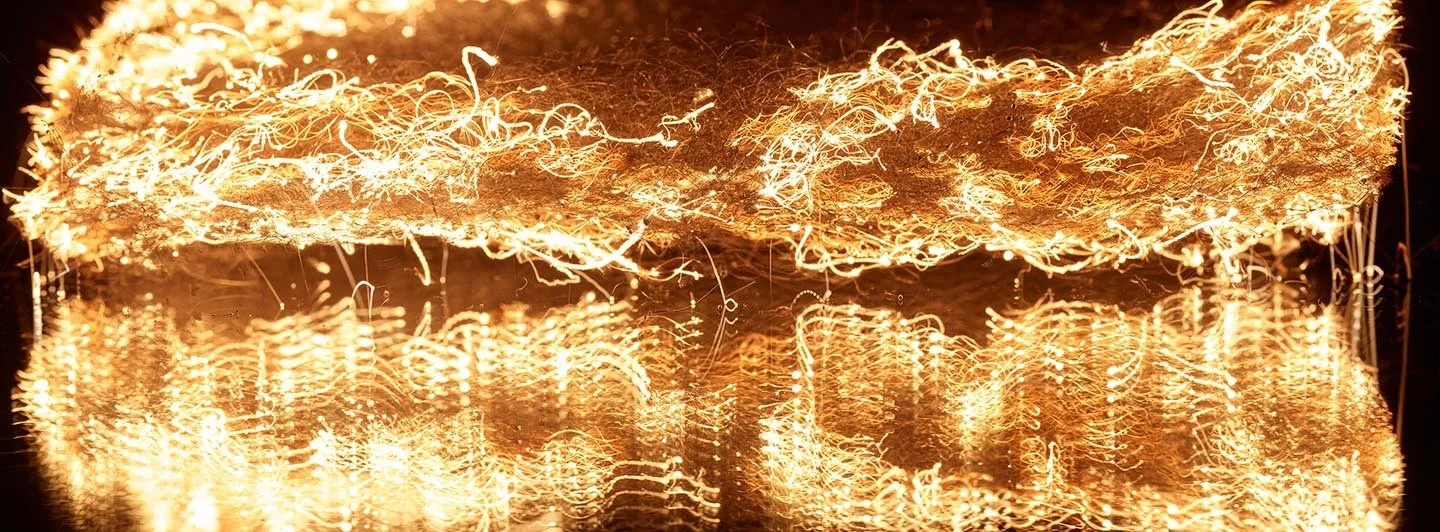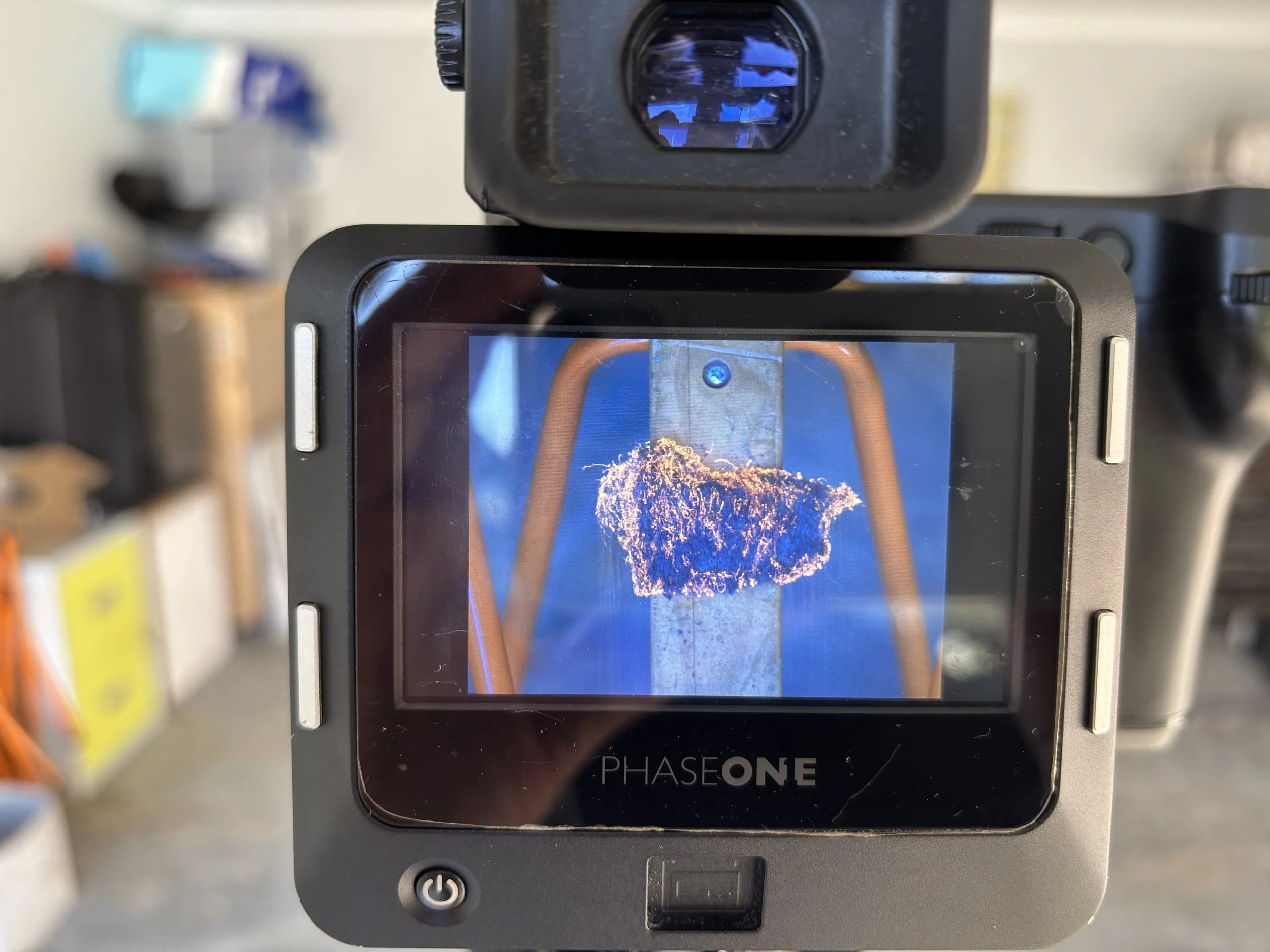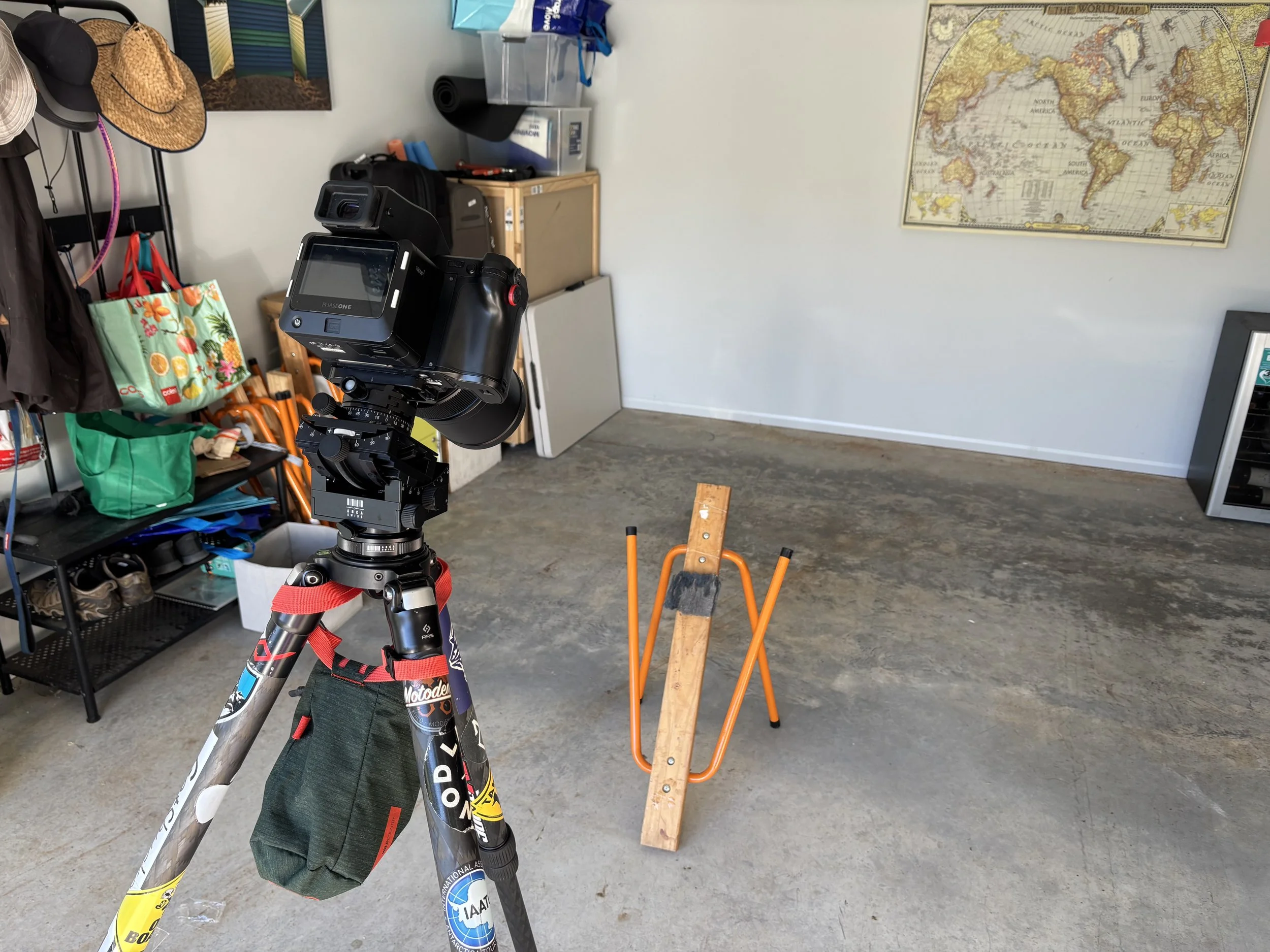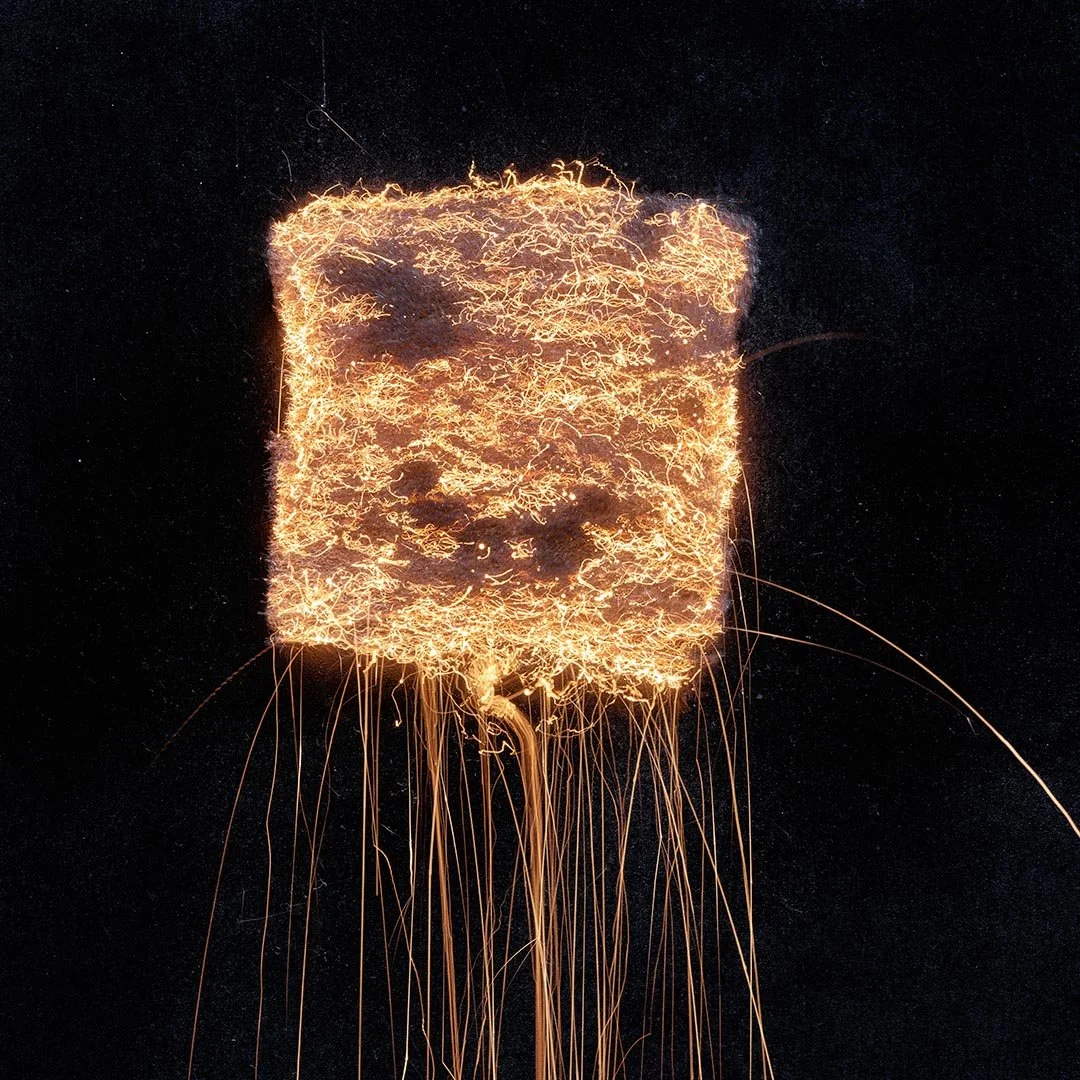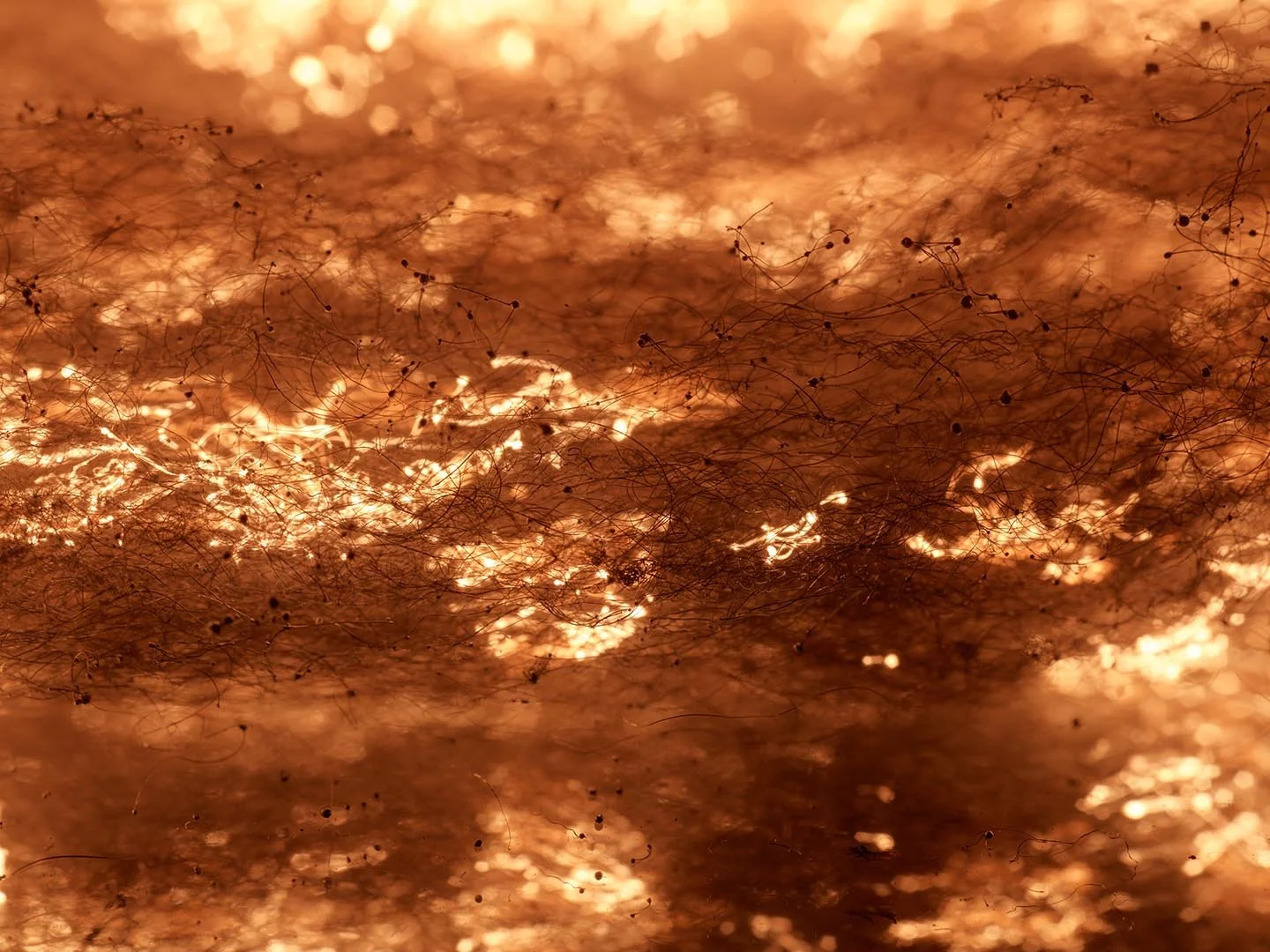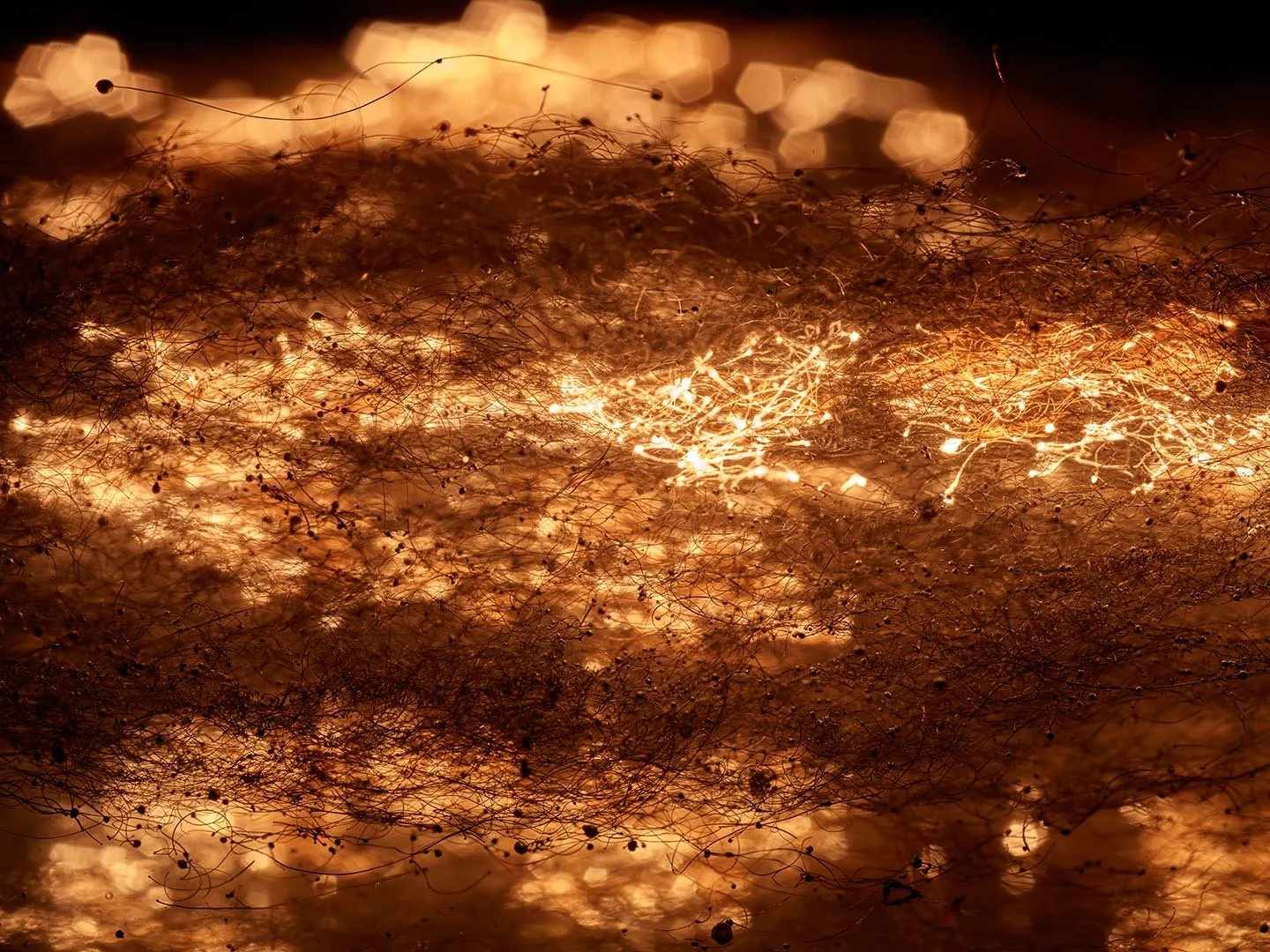Daughters Embrace
A quiet afternoon in Lamington National Park revealed a moment I’ll never forget — two trees intertwined in a way that felt unmistakably human. Daughters Embrace is a story about noticing, about love reflected in the landscape, and about the peace that follows when you see something that speaks directly to your heart
A quiet afternoon in Lamington National Park revealed a moment I’ll never forget — two trees intertwined in a way that felt unmistakably human. Daughters Embrace is a story about noticing, about love reflected in the landscape, and about the peace that follows when you see something that speaks directly to your heart
By the time I reached the trail that morning, the air already carried that unmistakable scent of ozone — sharp, clean, and electric. It’s one of my favourite smells, especially after rain. The ground was damp and soft beneath my boots, mud clinging with that slow, deliberate grip that gives texture to every step. The forest was still waking, though not in any hurried way. Water clung to everything — leaves, bark, moss — turning the entire landscape into a quiet orchestra of light. Every tiny droplet caught the sun diffused through cloud, creating a million small glimmers that danced without sound.
It was the kind of day that rewards patience. The cloud base had been dropping steadily since I’d arrived, wrapping itself lower and lower through the branches until the world became hushed and self-contained. Sound fell away; even the birds seemed to pause. In that silence, the forest feels like it’s breathing — slowly, deeply — and you can almost feel your own heartbeat settle to match it.
I’d been drawn to a small copse of trees, four or five of them standing close together, their trunks thick with moss that looked almost painted on. The texture, the contrast of greens and browns, the slick sheen of moisture on bark — all of it pulled me in. They reminded me faintly of a family, leaning together, sharing space without touching. It’s the kind of quiet relationship I find endlessly beautiful in the landscape: one of proximity, not dominance; presence without demand.
Hours passed like that. Adjusting the tripod, shifting an inch this way or that, waiting for the faint breath of wind to ease before opening the shutter again. I lost track of time, as always happens when I’m fully absorbed — that lovely state where thought fades and instinct takes over.
By the time I started to pack up, it was edging toward late afternoon. The light had softened to that delicate, golden grey that only comes when the day is thinking of ending but hasn’t yet decided to. I checked my watch, did the usual mental calculations — distance back to the car, safe time before the weather shifted, how long it would take to beat the next wave of rain. It was all becoming routine again — the tidy close to a long, rewarding day.
Then I turned around.
Behind me, almost hidden in the layered greens, was a small tree wrapped around a larger one. Its limbs curved inward, reaching up and around the trunk beside it in a way that was impossible not to see as an embrace. There was nothing subtle about it — it was tender, protective, familiar. In an instant, it reminded me of my daughter when she runs to hug my legs, small arms clutching tight, that instinctive connection between strength and gentleness.
I knew immediately what I was looking at — what I was feeling. The name came to me as quickly as the composition did. Daughters Embrace. There was no deliberation, no planning, no analysis — just recognition. Everything distilled into that moment.
I was tired, ready to head home, mud on my boots and leech bites already reminding me of the day — but I couldn’t walk away. The fatigue, the schedule, all of it faded. I set the tripod back down and framed the scene carefully, not wanting to intrude, only to witness. The mist hung just enough to soften the background, and the light caught on the wet bark like a heartbeat under skin.
It felt like standing in the middle of something sacred — not grand or dramatic, but deeply human. That’s what woodland photography does for me at its best: it strips away everything unnecessary and leaves only connection.
The hike back was quick — too quick, given the fading light — but peaceful. The forest had settled into its evening quiet, and even though I was pushing to make it out before the weather turned, I felt full. Not relieved, but content. Every time I walk in these places, they refill me in ways I can’t quite describe. That day was no different, only stronger somehow — as if the forest had offered me a reflection of love itself, simple and wordless, growing quietly among the trees.
When I reached the car, the first drops of rain began to fall again, light and cool. I sat for a moment before starting the engine, looking back once more toward the trail. I didn’t need to see the trees again to know what I’d found there.
Daughters Embrace may never be anyone else’s favourite image, but it’s one of mine. Because it’s not just about what was in front of the lens — it’s about what it made me feel. About seeing something of my own heart reflected back in the landscape, and knowing, in that instant, that I’d captured it exactly as it was.
The Steel Wool Project
Every now and then, an idea lingers quietly in the background — too undeveloped to act on, yet too persistent to ignore. The Steel Wool Project is one of those ideas. What began as a passing curiosity about light and motion slowly evolved into a study of transformation — from metal to fire, from chaos to order, and from the microscopic to the celestial.
This project became less about documenting a subject and more about exploring what happens when light itself becomes the landscape. Through experiment, patience, and plenty of trial and error, I found not just sparks and embers, but tiny universes suspended in the darkness.
What follows is a short reflection on that process — from the first spark of inspiration to the final stage of bringing the images to life in print
Every now and then, an idea lingers quietly in the background — too undeveloped to act on, yet too persistent to ignore. The Steel Wool Project is one of those ideas. What began as a passing curiosity about light and motion slowly evolved into a study of transformation — from metal to fire, from chaos to order, and from the microscopic to the celestial.
This project became less about documenting a subject and more about exploring what happens when light itself becomes the landscape. Through experiment, patience, and plenty of trial and error, I found not just sparks and embers, but tiny universes suspended in the darkness.
What follows is a short reflection on that process — from the first spark of inspiration to the final stage of bringing the images to life in print.
1. Genesis of the Idea
I can’t say exactly where the idea began. Like many creative sparks, it arrived gradually — a slow burn rather than a flash. I’d long admired the luminous, surreal energy of Murray Fredericks’ Blaze series and the controlled, otherworldly glow of Ruben Wu’s Aeroglyphs. Both artists use light not just as illumination, but as an active subject — something to shape, provoke, and redefine the familiar.
At the same time, I’d been looking for something more abstract than my usual landscapes — something that dealt more directly with gesture, texture, and the language of light itself. The concept of burning steel wool lingered in my mind for well over two years. I let it percolate quietly, never quite letting go of the idea but waiting for the right moment — and perhaps the right question — to begin.
2. Research
Before anything could happen, I had to solve two main problems: the technical setup, and the behaviour of the steel wool itself.
First, the camera system. I needed to understand which lenses would allow me to work close enough to the action without compromising field of view or safety. Minimum focusing distance, focal length, and how each lens might render the sparks — these became early points of experimentation on paper before ever striking a match.
Then came the steel wool. What grade would burn most effectively? How long would the ignition last? How many rotations would give a consistent halo of sparks rather than chaos? Even small details like cost and availability came into play — this was not a project I wanted to rush or waste materials on.
“This project became less about documenting a subject and more about exploring what happens when light itself becomes the landscape.”
3. Execution
After a few trial runs with no camera — just to understand how the wool burned — it was finally time to bring the lens into the equation. This turned out to be much harder than expected. Getting a consistent, repeatable result required a lot of trial and error; I’d estimate at least thirty different attempts before something predictable began to emerge.
Once that consistency arrived, the work shifted from technical exercise to creative expression. At first, I was focused on capturing the movement of light through the fibres — the chaotic spray and miasma of sparks suspended in motion. But as I began studying the cooled remnants, something unexpected appeared: the tiny blobs of burnt residue, illuminated against the darkness, started to resemble distant galaxies — a kind of miniature cosmos born from steel and fire. That discovery changed everything.
Once I began to recognise those tiny celestial forms within the images — the suggestion of galaxies and the Milky Way scattered through the frame — the project started to take on a new dimension. I found myself experimenting with both scale and perspective: sometimes zooming right in to isolate a single burst of light, other times pulling back to reveal the broader sweep of the composition.
Even during post-production, subtle crops and reframing decisions could shift the work from something grounded and physical to something that felt vast and otherworldly. The interplay between focus, depth, and abstraction became a way of exploring how far I could stretch the illusion — how close I could come to making the microscopic appear cosmic.
“The interplay between focus, depth, and abstraction became a way of exploring how far I could stretch the illusion.”
It was in these refinements that the work began to feel alive — less about the mechanics of burning steel wool, and more about finding galaxies hidden in the aftermath of fire.
The next stage is the most exciting part for me: printing. After months of experimentation behind the camera, it’s now about bringing these images into the physical world and seeing how they behave on paper.
I plan to explore a range of papers — from satin and gloss to matte and Canson Photo Rag — to understand how each surface interacts with the texture and luminosity of the sparks. Because the steel wool itself is so inherently tactile, I’m curious whether a more textured paper might echo that quality and give the print an extra sense of dimensionality.
This will be a process of discovery as much as creation — testing, comparing, and letting the materials guide the outcome. It feels like a fitting continuation of the project: letting something elemental and unpredictable reveal its form one stage at a time.




